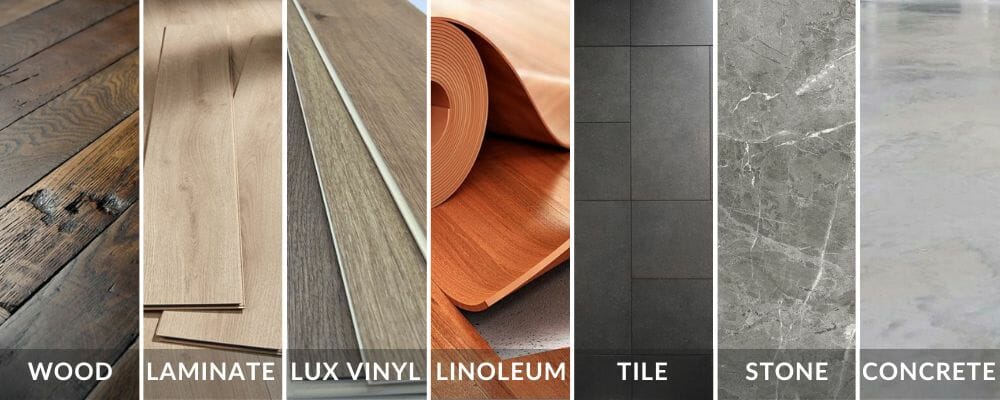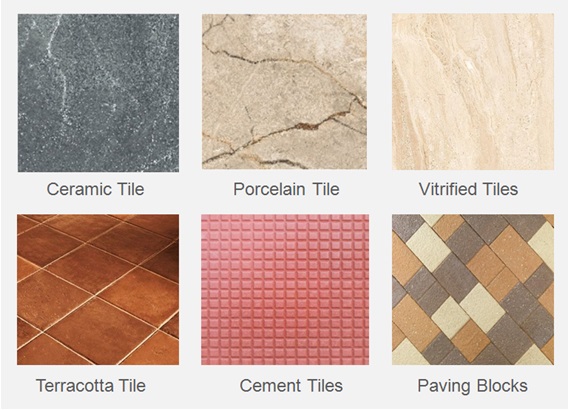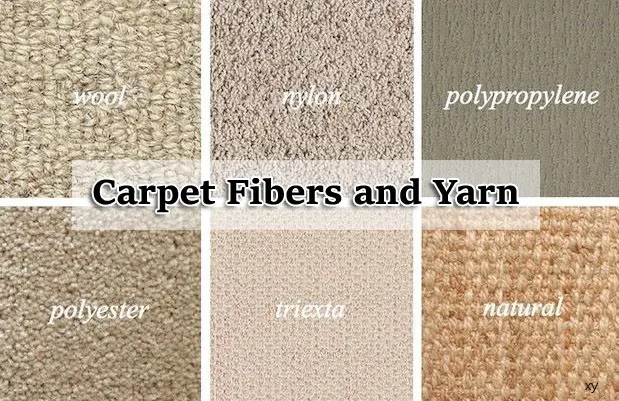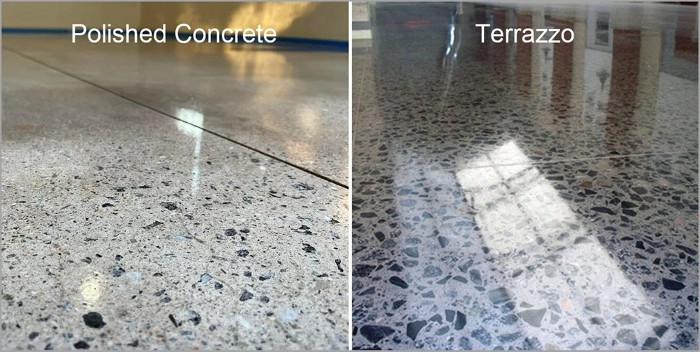Types of Flooring Materials: Choosing the Right Surface for Every Space
Flooring is one of the most impactful design elements in any space. It affects aesthetics, functionality, maintenance, and durability. With so many flooring options available, choosing the right material depends on factors such as traffic, moisture resistance, budget, and style.
Let’s explore the most commonly used flooring materials and their pros and cons.

1. Tiles: Durable & Versatile
Tiles are one of the most popular flooring choices due to their variety, durability, and low maintenance.
✔️ Ceramic Tiles – Affordable, available in numerous designs, but can be prone to chipping.
✔️ Porcelain Tiles – Stronger, denser, and highly water-resistant, ideal for bathrooms and kitchens.
✔️ Vitrified Tiles – High gloss finish with low porosity, great for modern interiors.
✔️ Mosaic Tiles – Small, decorative tiles for artistic patterns.
📌 Best For: Bathrooms, kitchens, and high-traffic areas.
📌 Pro Tip: Choose matte-finish tiles for better grip in wet areas.

2. Wood Flooring: Timeless & Elegant
Wooden floors bring warmth and sophistication but require proper care.
✔️ Solid Hardwood – Natural, long-lasting, but prone to scratches and moisture damage.
✔️ Engineered Wood – Multiple layers enhance stability, making it more moisture-resistant than solid wood.
✔️ Bamboo Flooring – Sustainable and stylish, but susceptible to moisture damage.
📌 Best For: Living rooms, bedrooms, and offices.
📌 Pro Tip: Use engineered wood for better durability in humid environments.

3. Vinyl Flooring: Affordable & Water-Resistant
Vinyl is a cost-effective alternative to wood and tiles, with excellent water resistance.
✔️ Luxury Vinyl Tiles (LVT) – Mimics the look of wood or stone with a realistic texture.
✔️ Sheet Vinyl – Seamless and highly water-resistant, great for large areas.
✔️ Rigid Core Vinyl (SPC/WPC) – High durability with a rigid backing for better stability.
📌 Best For: Kitchens, bathrooms, and rental properties.
📌 Pro Tip: Opt for click-lock installation for an easy, glue-free setup.

4. Carpet: Soft & Comfortable
Carpets offer comfort, warmth, and sound insulation, but require regular maintenance.
✔️ Nylon Carpet – Durable and stain-resistant, great for high-traffic areas.
✔️ Wool Carpet – Luxurious and natural but requires more upkeep.
✔️ Polyester Carpet – Soft and affordable, but less durable over time.
📌 Best For: Bedrooms, living rooms, and hospitality spaces.
📌 Pro Tip: Use dark or patterned carpets in high-traffic areas to hide stains.

5. Stone Flooring: Luxurious & Long-Lasting
Natural stones offer a premium look with durability but require sealing for protection.
✔️ Marble – Classic and luxurious, but prone to stains.
✔️ Granite – Extremely durable and scratch-resistant.
✔️ Slate – Textured and slip-resistant, great for outdoor and wet areas.
📌 Best For: High-end homes, commercial spaces, and outdoor areas.
📌 Pro Tip: Seal natural stone flooring to prevent water absorption and stains.

6. Concrete & Terrazzo: Modern & Minimalist
✔️ Polished Concrete – Industrial, durable, and low maintenance.
✔️ Terrazzo – A mix of marble chips and cement, offering unique patterns.
📌 Best For: Contemporary homes, offices, and retail spaces.
📌 Pro Tip: Use epoxy-coated concrete for a sleek, waterproof finish.

Choosing the Right Flooring for Your Project
✔️ For High-Traffic Areas: Porcelain tiles, engineered wood, or vinyl.
✔️ For Wet Areas: Tiles, vinyl, or natural stone.
✔️ For Luxury Spaces: Hardwood, marble, or terrazzo.
✔️ For Budget-Friendly Options: Vinyl, ceramic tiles, or laminate flooring.
Flooring is a long-term investment, and selecting the right material ensures both durability and visual appeal. Always consider maintenance, cost, and functionality before making a choice.
Which flooring type do you prefer in your designs? Share your insights in the comments! 👇✨
Would you like a deep dive into flooring installation techniques or maintenance tips? Let me know what you’d love to learn next! 🚀
